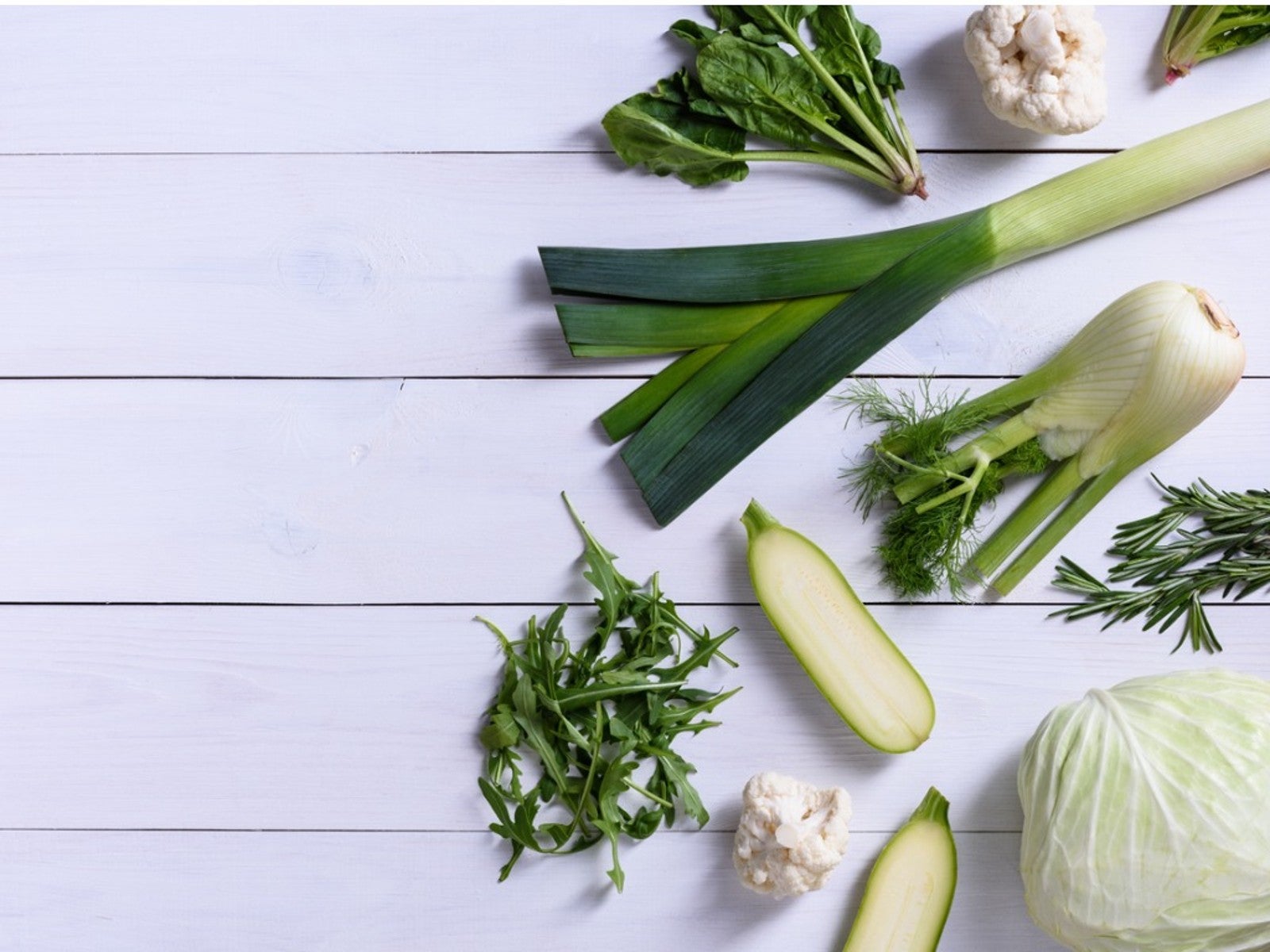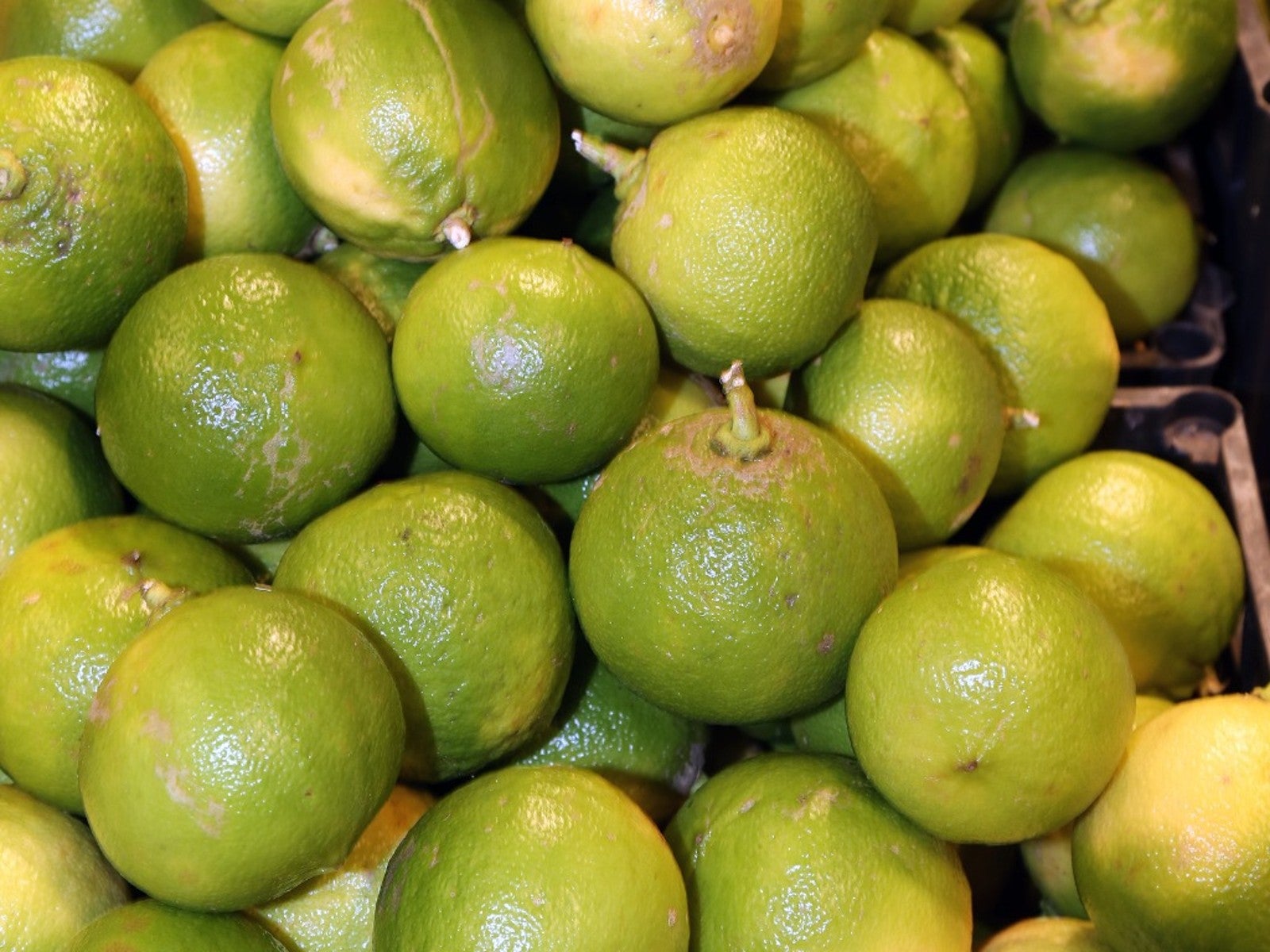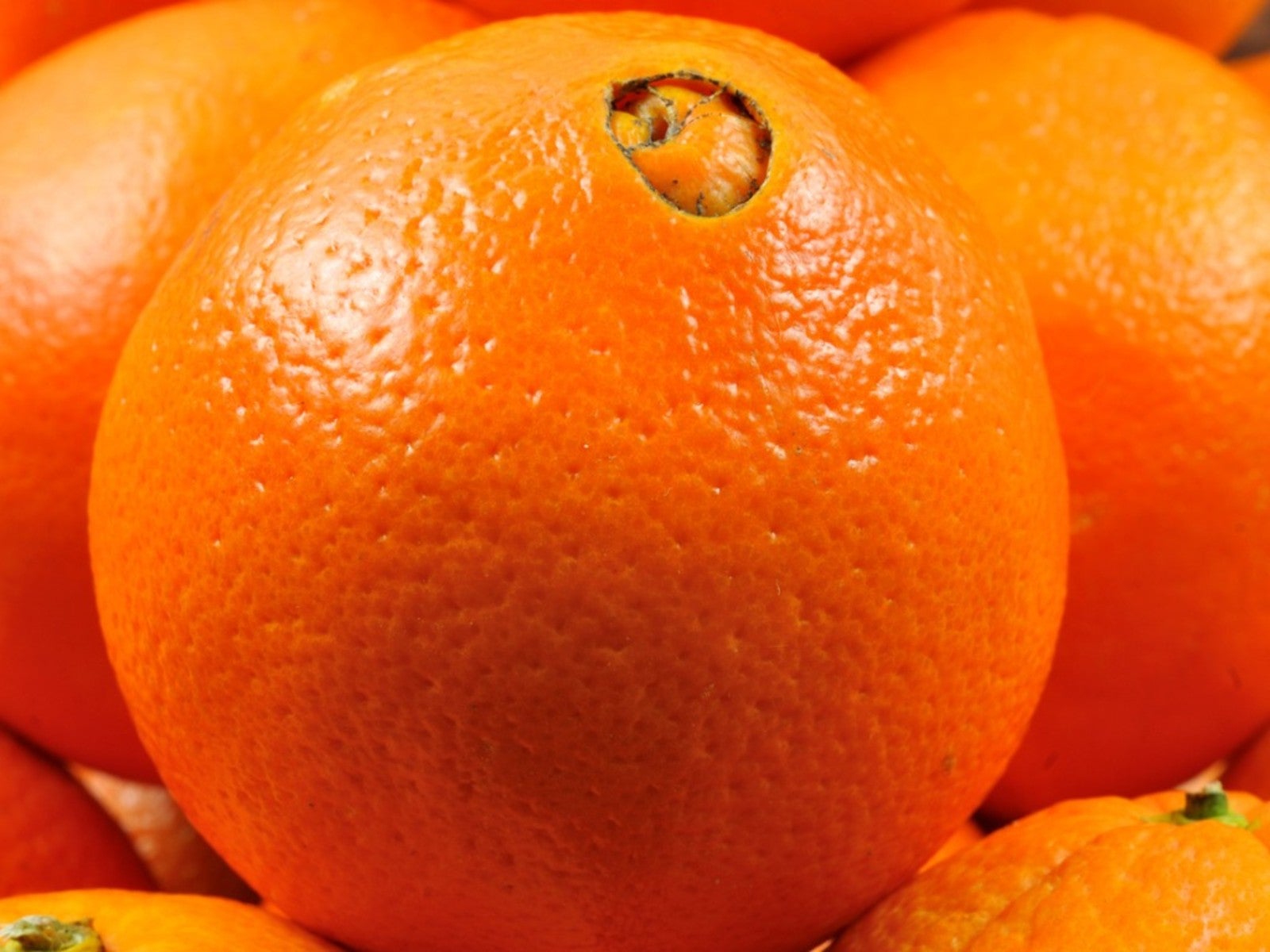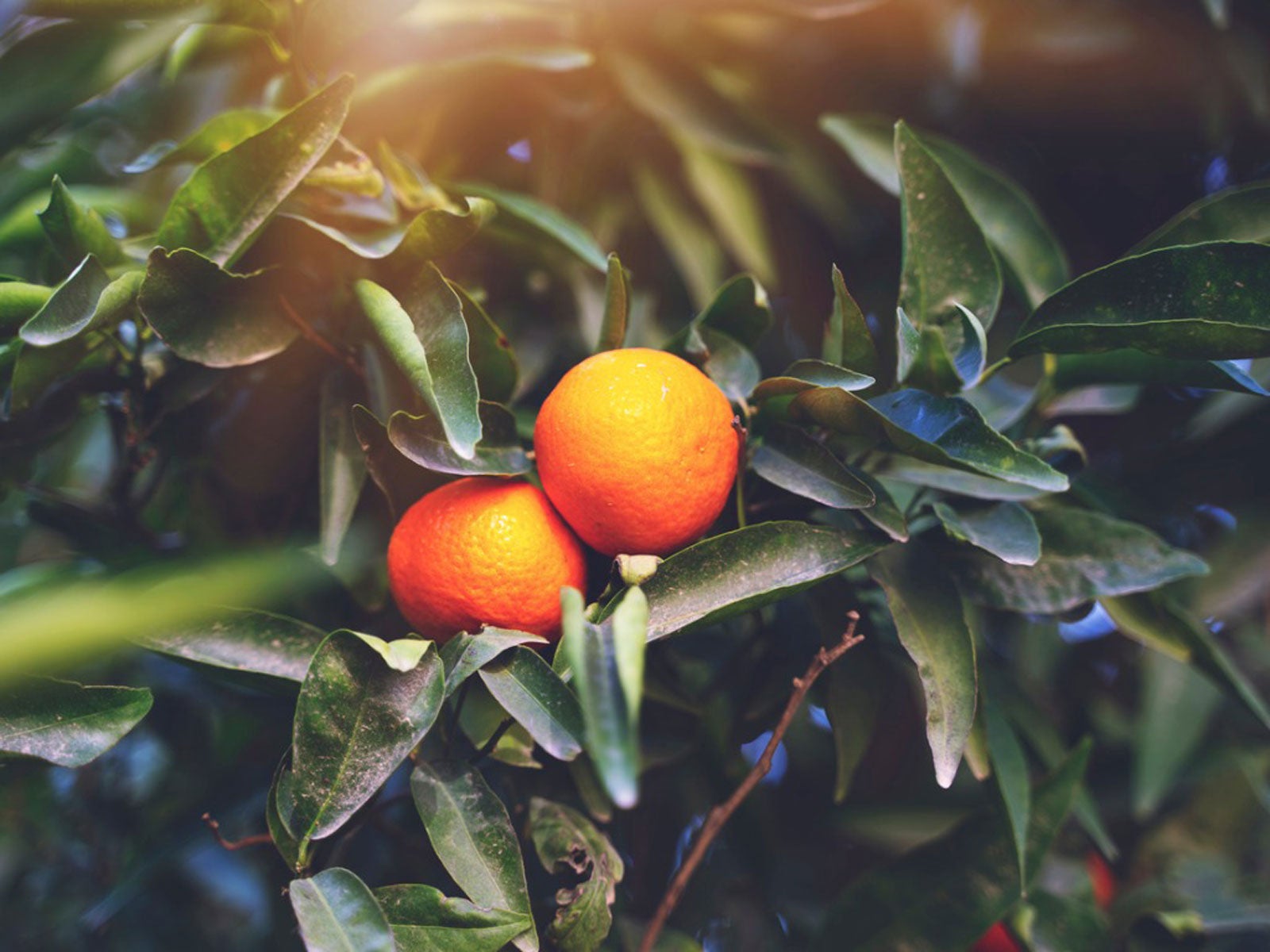Sweet Orange Scab Control – Managing Sweet Orange Scab Symptoms


Sweet orange scab disease, which affects primarily sweet oranges, tangerines and mandarins, is a relatively benign fungal disease that doesn’t kill trees, but significantly affects the appearance of the fruit. Although the flavor isn’t affected, some growers choose to use the damaged fruit to make juice. The disease was first detected in the United States in 2010. Since that time, it has spread across the South, leading to quarantine in several states. Read on to learn about sweet orange scab control.
What Causes Sweet Orange Scab?
Sweet orange scab is caused by the fungus Elsinoe australis. The fungus is spread by water, generally by splashing, wind-driven rain or overhead irrigation. Three to four hours of wet conditions can result in disease. The disease is also moved on transported fruit, often necessitating quarantines to contain spread.
Sweet Orange Scab Symptoms
Affected fruit displays raised, corky, wart-like pustules that emerge as pinkish-gray or tan, often turning yellowish-brown or dark gray. The bumpy areas become smoother as the disease progresses. Sweet orange scab symptoms may also include lesions on twigs and small, puckered leaves. In some cases, the disease can cause premature fruit drop, and may also result in stunted growth in young trees.
How to Prevent Sweet Orange Scab
Here are some helpful tips on managing sweet orange scab in the garden: Water citrus trees with a drip irrigation system or soaker hose. Avoid overhead irrigation, as the water spreads in water droplets. Use good sanitation practices and keep your tools and growing area clean. Sweet orange scab can be spread by equipment, tools and people. Never transport fruit out of the area. Treat affected trees with a copper-based fungicide. Usually, at least two treatments are required, two to three weeks apart. Ask your local cooperative extension office or agricultural specialist about the best products for your area.
Gardening tips, videos, info and more delivered right to your inbox!
Sign up for the Gardening Know How newsletter today and receive a free copy of our e-book "How to Grow Delicious Tomatoes".

A Credentialed Garden Writer, Mary H. Dyer was with Gardening Know How in the very beginning, publishing articles as early as 2007.
-
 Never Plant Seedlings Until They Pass These 3 Simple Tests
Never Plant Seedlings Until They Pass These 3 Simple TestsDon't be over-eager to transplant seedlings into the garden before they are ready. These quick and easy checks will help ensure flourishing plants.
By Mary Ellen Ellis
-
 Grow ‘Karl Rosenfield’ Peony Plants For The Ultimate Frilly Border Beauties And Cut Flowers
Grow ‘Karl Rosenfield’ Peony Plants For The Ultimate Frilly Border Beauties And Cut FlowersFor frilly double magenta peony petals infused with a heady fragrance, grow ‘Karl Rosenfield’ peony plants. Here’s how to cultivate the ultimate plushy blooms
By Tonya Barnett
-
 Plants For French Cuisine – Growing French Vegetables In Your Garden
Plants For French Cuisine – Growing French Vegetables In Your GardenA French potager is just a fancy way of saying kitchen garden. Try planting French herbs and vegetables, and in no time you'll be saying bon appétit as you serve your family.
By Bonnie L. Grant
-
 Bergamot Orange Growing Tips – Caring For A Bergamot Orange
Bergamot Orange Growing Tips – Caring For A Bergamot OrangeIf you have ever enjoyed a cup of Earl Grey tea, you know the aroma and flavor of the bergamot orange fruit. Read on for more.
By Mary Ellen Ellis
-
 Trovita Dwarf Orange – How To Grow Trovita Orange Trees
Trovita Dwarf Orange – How To Grow Trovita Orange TreesTrovita dwarf orange is an orange tree that can be grown across a wide range of conditions, including indoors. Read on for more.
By Tonya Barnett
-
 Growing Navel Oranges – Learn About Navel Orange Care
Growing Navel Oranges – Learn About Navel Orange CareSweet, delicious, and easy to peel, navel orange is easy to spot because of the partially formed, belly-button-shaped orange that grows at the bottom end of the fruit.
By Mary H. Dyer
-
 Can You Grow Store Bought Oranges - Planting Grocery Store Orange Seeds
Can You Grow Store Bought Oranges - Planting Grocery Store Orange SeedsAnyone looking for a cool indoor gardening project may want to try growing an orange tree from seeds. Click here to learn how.
By Teo Spengler
-
 Flowering Orange Harvest: Tree Has Oranges And Flowers At Same Time
Flowering Orange Harvest: Tree Has Oranges And Flowers At Same TimeCan you harvest from a flowering orange tree? Should you allow both waves of fruit crops to come to orange harvest? Find out in this article.
By Teo Spengler
-
 Small Orange Problem – What Causes Small Oranges
Small Orange Problem – What Causes Small OrangesThere are a variety of potential causes for small fruit on orange trees. Click here for an overview of causes of trees with small orange problems.
By Teo Spengler
-
 Diseases In Orange Trees: How To Treat A Diseased Orange Tree
Diseases In Orange Trees: How To Treat A Diseased Orange TreeGrowing oranges and other citrus can be a fun hobby for the home gardener, but it can also become derailed by disease. Know some of the main orange disease symptoms so you can catch and manage problems early and still get a great harvest of fruit. This article will help.
By Mary Ellen Ellis